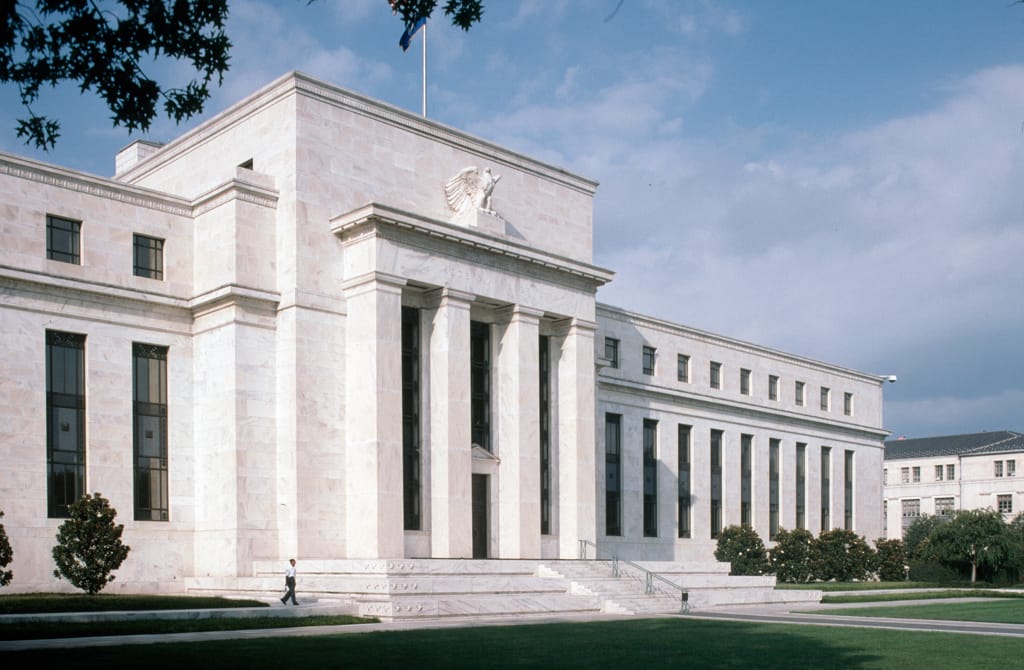As the year 2024 draws to a close, the Federal Reserve is poised to make a significant decision that could reverberate through the financial landscape well into 2025. The central bank’s actions are closely watched by economists, investors, and consumers alike, as they hold the potential to influence borrowing costs, inflation rates, and overall economic growth. The upcoming Federal Open Market Committee (FOMC) meeting in December will be particularly critical, as it may determine the trajectory of interest rates in the new year.
In recent months, the U.S. economy has exhibited signs of resilience, with steady job growth and a moderate increase in consumer spending. However, inflation remains a persistent concern, with rates fluctuating around the Federal Reserve’s target of 2%. The central bank has implemented a series of interest rate hikes throughout 2023 in an effort to combat rising prices. As a result, the federal funds rate currently stands at a range of 5.25% to 5.50%, a significant increase from the historically low rates seen during the pandemic.
Market analysts are now evaluating the potential outcomes of the Fed’s December decision. On one hand, if the Fed opts to raise interest rates further, it could signal a continued commitment to curbing inflation. This move might be welcomed by some investors who prioritize price stability. However, higher interest rates could also dampen economic growth by increasing borrowing costs for consumers and businesses. This could lead to reduced spending and investment, ultimately affecting job creation and economic expansion.
Conversely, if the Fed decides to hold rates steady or even lower them, it may indicate a shift in focus toward supporting economic growth. Such a decision could provide relief to borrowers, making loans more affordable and stimulating consumer spending. However, it could also raise concerns about inflationary pressures if economic activity accelerates too quickly. The delicate balance the Fed must strike between fostering growth and controlling inflation underscores the complexity of its decision-making process.
The implications of the Fed’s December decision extend beyond immediate market reactions. Financial institutions, businesses, and consumers will all be affected by the central bank’s stance. For instance, mortgage rates, auto loans, and credit card interest rates are all closely tied to the federal funds rate. A change in this rate can have a cascading effect on household budgets and business investments, ultimately influencing the broader economy.
Moreover, global economic conditions also play a role in the Fed’s decision-making. Developments in international markets, trade relations, and geopolitical tensions can impact U.S. economic performance. The Fed must consider these external factors when determining its monetary policy, as they can influence inflation rates and economic growth domestically.
As we look ahead to 2025, the Federal Reserve’s decision in December 2024 will set the tone for the upcoming year. Analysts predict that the central bank may adopt a more cautious approach, closely monitoring economic indicators before making further adjustments to interest rates. The potential for economic uncertainty, coupled with ongoing inflationary pressures, suggests that the Fed may prioritize stability over aggressive rate hikes.
In conclusion, the Federal Reserve’s final decision of 2024 is not merely a routine monetary policy adjustment; it is a pivotal moment that could reshape interest rate dynamics for the following year. As stakeholders across the economy prepare for the implications of this decision, the interplay between inflation, economic growth, and interest rates will remain a central focus. The outcomes will not only influence financial markets but also the everyday lives of consumers and businesses, highlighting the far-reaching consequences of the Fed’s actions.



